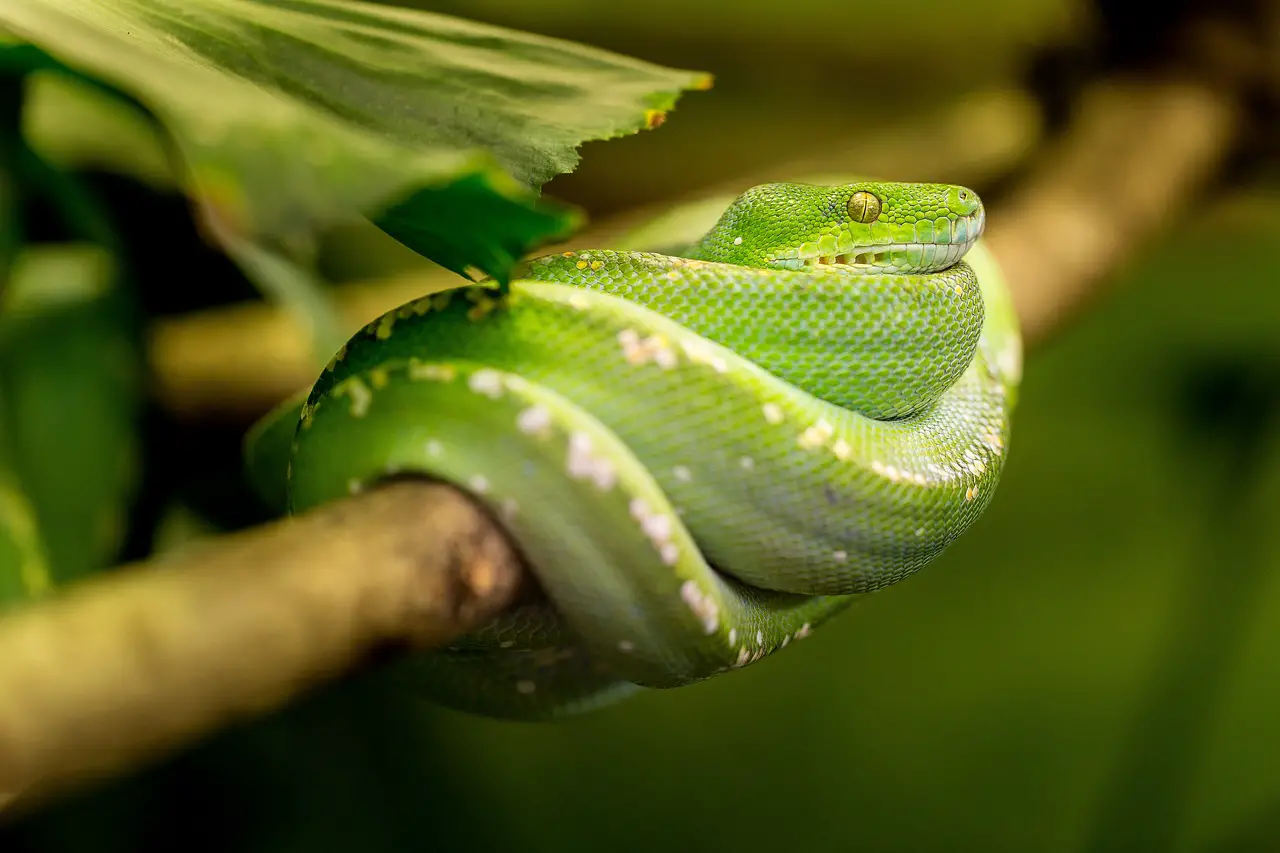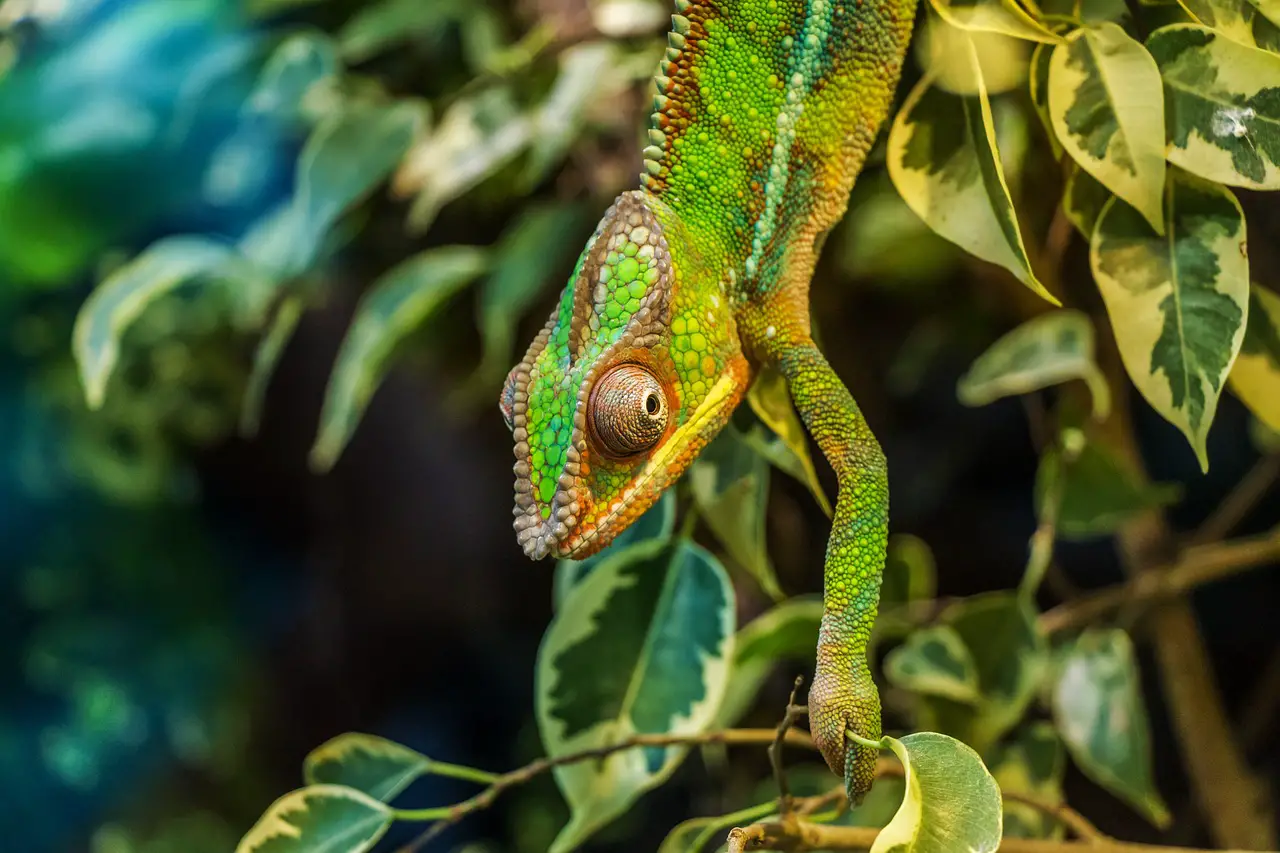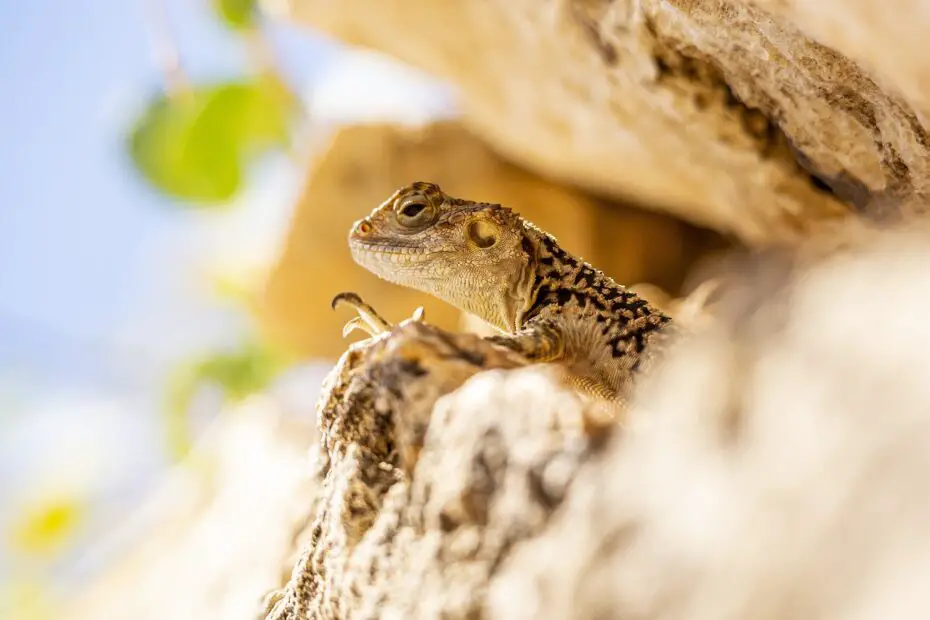The thrill of the hunt, the excitement of discovery, and the wonder of the natural world – herping, the art of seeking out and observing reptiles and amphibians in their native habitats, offers all of this and more. For nature enthusiasts, herping is a rewarding and educational pastime that allows you to connect with these often misunderstood creatures.
In this guide, we will delve into Finding Reptiles in the Wild , offering tips, tricks, and insights to help you embark on your own reptile-hunting journey.
You may also want to know how fast an alligator runs.
Finding Reptiles in the Wild
What is Herping?
Herping, a portmanteau of “herpetology” (the study of reptiles and amphibians) and “hunting,” is the practice of seeking out and observing these fascinating creatures in their natural habitats. It’s not about capturing or disturbing them but rather about appreciating their beauty, behavior, and ecological significance.

Why Herping?
Why, you might ask, would one venture into the wilderness in search of snakes, lizards, and frogs? The answers are as varied as the creatures themselves:
- Education: Herping offers a unique opportunity to learn about the natural world. It allows you to observe reptile behavior, habitats, and interactions up close, enhancing your understanding of these animals and the ecosystems they inhabit.
- Conservation: Herping can be a valuable tool for conservationists. Observations and data collected during herping expeditions can contribute to our understanding of species distribution, population health, and habitat conservation efforts.
- Adventure: Herping takes you off the beaten path and immerses you in the great outdoors. It’s an adventure that can be as exciting as it is educational, offering the thrill of discovery and exploration.
- Photography: For photography enthusiasts, herping presents countless opportunities to capture stunning images of reptiles and amphibians in their natural environments.
Now that you’re acquainted with the why, let’s delve into the how.
Preparing for Your Herping Adventure
Research and Planning
Every successful herping adventure begins with thorough research and careful planning. Here are some steps to consider:
- Choose Your Location: Research the best herping destinations in your region or the area you intend to visit. Some places are known for their rich diversity of reptiles and amphibians, such as rainforests, deserts, and wetlands.
- Season and Weather: Different reptile species are more active during specific seasons and weather conditions. Check when the best time to visit your chosen location is, and keep an eye on the weather forecast.
- Permits and Regulations: Ensure you are aware of and compliant with local laws and regulations regarding herping, including permits and protected species.
- Safety: Safety should be a top priority. Familiarize yourself with potential risks such as venomous snakes or dangerous terrain. Pack appropriate safety gear, including first-aid supplies.

Essential Gear
Having the right equipment can make or break your herping adventure. Here’s a list of essential gear to consider:
- Footwear: Sturdy, waterproof hiking boots with good traction are essential for traversing various terrains.
- Clothing: Dress in lightweight, breathable, and moisture-wicking clothing that provides protection from sun and insects. Don’t forget a wide-brimmed hat and sunscreen.
- Field Guide: Carry a field guide specific to the region you’re exploring to help with species identification.
- Binoculars: Good binoculars can help you observe reptiles from a distance without disturbing them.
- Flashlight and Headlamp: Herping often extends into the twilight hours or even the dark of night, so a reliable light source is crucial.
- Camera and Accessories: If you’re into photography, a quality camera with macro capabilities and a tripod can help you capture stunning images.
- Containers: Bring containers or bags for temporary safe housing of smaller creatures during observation. Make sure they have air holes.
- Snake Hook and Tongs: These tools can be handy for gently moving reptiles out of your path or for closer examination.
Finding Reptiles in the Wild
With your research done, gear packed, and permits in hand, you’re ready to embark on your herping adventure. Here’s how to make the most of your expedition:
Patience and Observation
Herping is not a race; it’s a slow and deliberate process. Walk slowly and quietly, scan the ground and vegetation, and be patient. Reptiles and amphibians are masters of camouflage, so keen observation is your best tool.
Respect for Wildlife
Always remember that you are a guest in their world. Avoid disturbing or handling the animals unnecessarily, and never collect specimens without proper permits. Keep a respectful distance and use your camera or binoculars for closer observation.
Habitat and Behavior
Understanding the habitat preferences and behavior of the species you’re looking for is crucial. Different reptiles prefer different environments – some love water, others prefer dry, rocky areas. Knowing where to look and what to look for is half the battle.
Record Your Findings
Take notes on the species you encounter, their behavior, location, and any other relevant details. These observations can be valuable for science and conservation efforts. Also, be sure to share your findings with the herping community and contribute to citizen science projects.
Responsible Herping
Responsible herping is about leaving no trace, respecting the environment, and promoting the welfare of the animals you encounter. Here are some key principles to follow:
- Leave No Trace: Minimize your impact on the environment. Stay on designated trails, avoid trampling vegetation, and pack out all trash.
- Handle With Care: If you must handle an animal for observation, do so gently and with clean, dry hands. Avoid stressing the animal or exposing it to potential harm.
- Photography Ethics: When taking photos, prioritize the welfare of the animals. Never use flash on nocturnal creatures, and avoid crowding or chasing them for the perfect shot.
- Educate Others: Share your knowledge and passion for reptiles and amphibians with others. Educate fellow herpers and the general public about responsible herping practices.
Conclusion to Finding Reptiles in the Wild
Herping is a captivating hobby that allows you to explore the world of reptiles and amphibians while contributing to conservation and scientific knowledge. It’s a journey that requires patience, respect, and a love for nature.
As you embark on your herping adventures, remember to prioritize the well-being of the animals and their habitats. Be a responsible herper, and you’ll not only have incredible wildlife encounters but also play a vital role in protecting these fascinating creatures for future generations to enjoy. So, grab your gear, do your research, and let the adventure begin! Happy herping!
